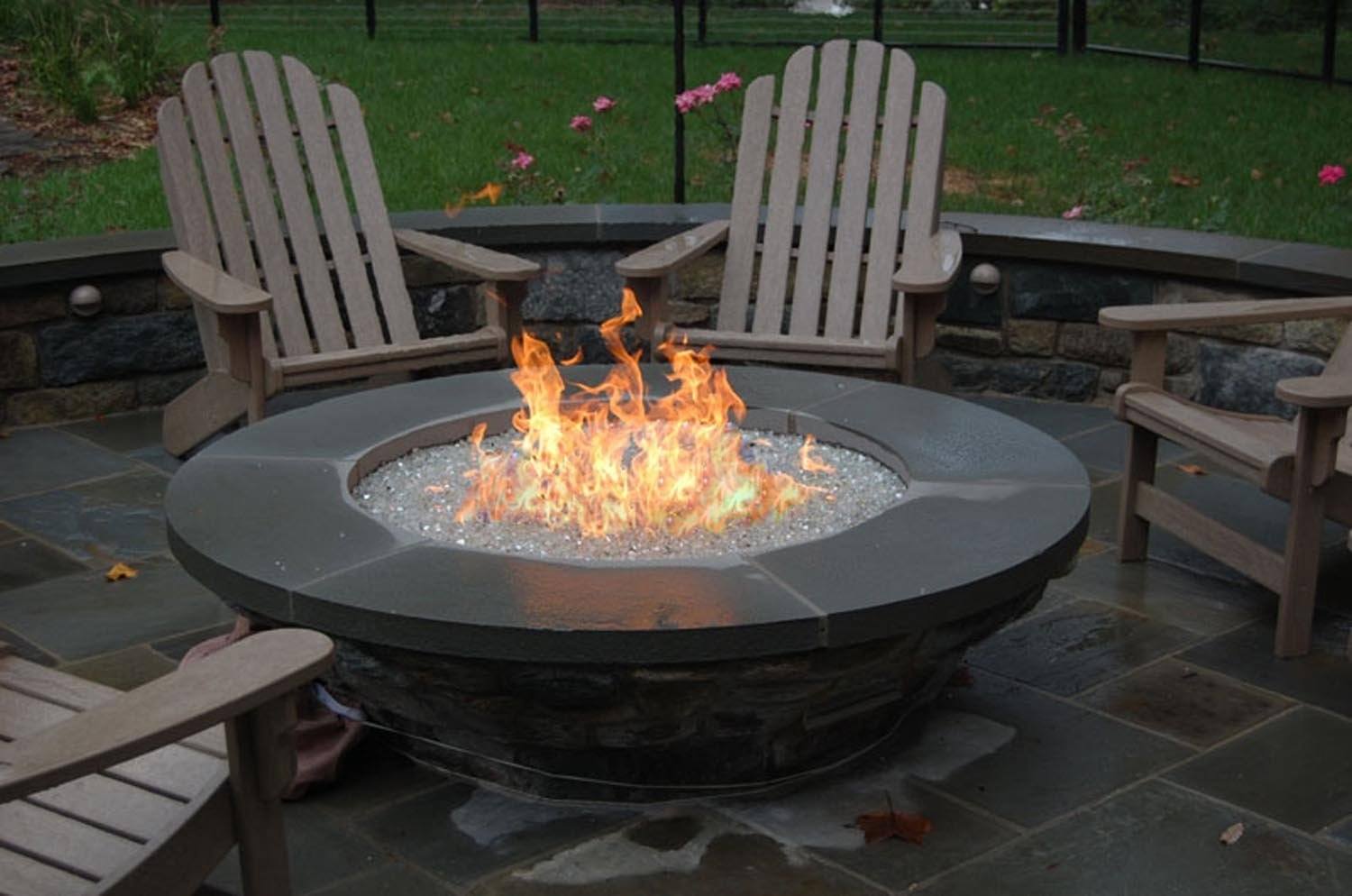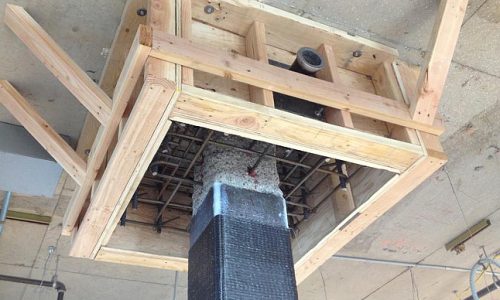Efficiency is paramount in modern apartment living, and the HVAC (Heating, Ventilation, and Air Conditioning) system plays a pivotal role

Adding a fire pit to your backyard is an exciting way to upgrade your home’s backyard. It creates a beautiful and comfortable space where your friends and family can make great memories while spending more time outdoors. For instance, you can just gather around the fire pit for some warmth on a cold night or roast marshmallows with your kids.
However, when choosing a fire pit, there are some factors you need to consider. One of the most important factors is determining whether you’ll pick a gas or wood fire pit, which are the most popular options available. So, which is better; wood or gas fire pit? Well, read on as we take you through a detailed comparison of wood vs gas fire pit to help you make the right decision!
Detailed Comparison: Wood Vs Gas Fire Pit
A wood fire pit uses dry wood logs, while a gas fire pit requires natural gas or liquid propane. For this reason, wood fire pits are usually larger compared to gas fire pits. Either way, it’s important to have an easy way to access both types of fuel options to keep your fire pit working.
Another important factor you need to consider when choosing a gas or wood fire pit is storage. With a wood fire pit, you need a place to store your wood logs to ensure that they stay dry and free from termites. On the contrary, gas fire pits require large tanks to hold the gas it needs to run. Most companies offer gas tanks with a capacity of about 15 – 100 gallons.

Natural gas or liquid propane burns cleaner compared to wood and does not produce physical waste. Specifically, natural gas produces 99% fewer emissions than that of a wood fire pit. On the other hand, a wood fire pit emits more than 28 pounds of emissions into the air every time you use it. Therefore, a gas fire pit is always going to be more fuel-efficient than a wood fire pit.
Since wood fire pits hold the ash, soot and logs they’re a bit more difficult to maintain than gas fire pits. Therefore, you’ll need to spend more time shoveling and cleaning a wood fire pit from time to time. Another issue with wood fire pits is that they produce a tar substance known as creosote when the wood is burnt. These chemicals can be harmful to one’s health when they’re breathed in. Besides, an unclean fire pit tends to produce a fire if its embers aren’t completely put out.
In contrast, gas fire pits do not need any form of maintenance at all. As mentioned earlier, gas burns clean, so there is no soot or logs to clean out. However, you can wipe down the exterior of the gas fire pit and put a cover on it when it snows or rains.
Various factors influence the cost of both a gas and wood fire pit. These factors include; the type of brick/ stone used on the exterior of the fire pit, placement, size, etc.
With that in mind, the cost of materials used in a wood fire pit range from $300 – $800. While the cost of installation is about $50 – $60 per hour, which takes the total installation costs to about $200 – $500. Overall, the total cost of a wood fire kit will range from $500 – $1500, depending on your preferred finishes.
By comparison, the cost of buying materials used in a gas fire pit will be around $400 – $3000. In addition, the installation cost ranges from $500 – $800, based on the difficulty of the gas line. Therefore, the total cost of installing a gas fire pit in your backyard will be about $900 – $3800.

Installing a gas fire pit is a bit hard since it involves running gas lines for the fire pit. Therefore, you’ll certainly need assistance from a professional when installing a gas fire pit since the process involves a lot of technicalities.
A wood fire pit, on the other hand, is cheaper and easier to install than its gas counterpart. Besides, a wood fire pit only needs a metal frame and laying stones or bricks over the frame. Also, you should ensure that the wood pit is installed at a specific distance away from your home. To sum up, you can install a wood fire pit as a DIY project, but it’s always recommended that you hire a professional for safety reasons.
When it comes to safety, wood fire pits are way superior compared to their gas variants. This is because gas fire pits are susceptible to gas leakages, which can quickly turn into a disaster. To prevent this, make sure you choose a sturdy gas fire pit. More importantly, perform routine maintenance on your gas fire pit to keep it in good shape. However, you also need to be cautious when dealing with a wood-burning fire pit. For instance, you should always keep it away from any structure that can catch fire and make sure the fire is completely out after using the fire pit.
Conclusion
Overall, there are some notable differences that can help you to choose between gas vs wood fire pits. However, the ultimate decision of most homeowners is mainly influenced by their personal preferences. In most cases, you’ve to weigh and balance the pros and cons of each fire pit option against each other based on the size, placement, and your personal budget. Also, you have to consider how much effort you need to maintain and install the fire pit in your outdoor living space.
About Author
InnoDez